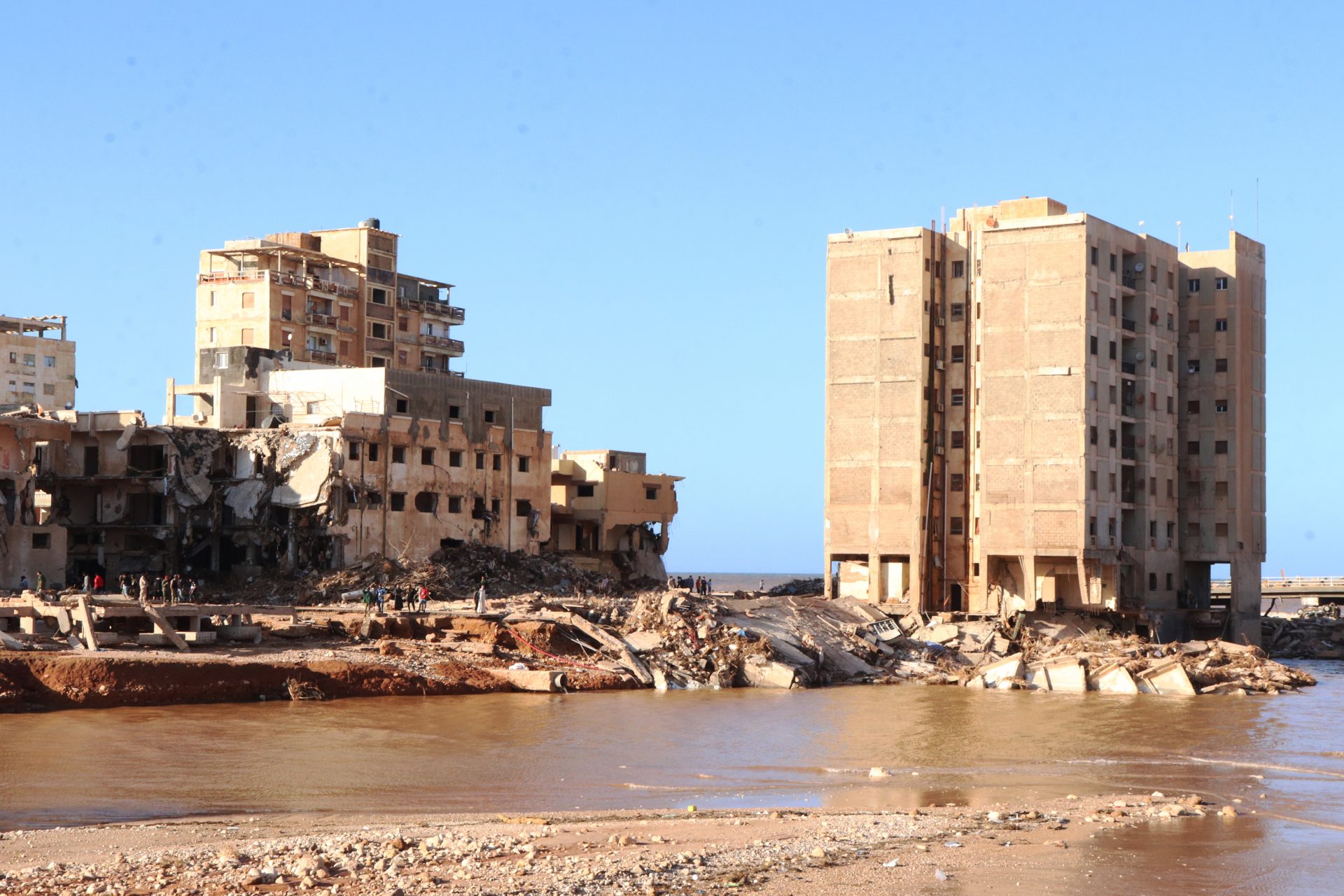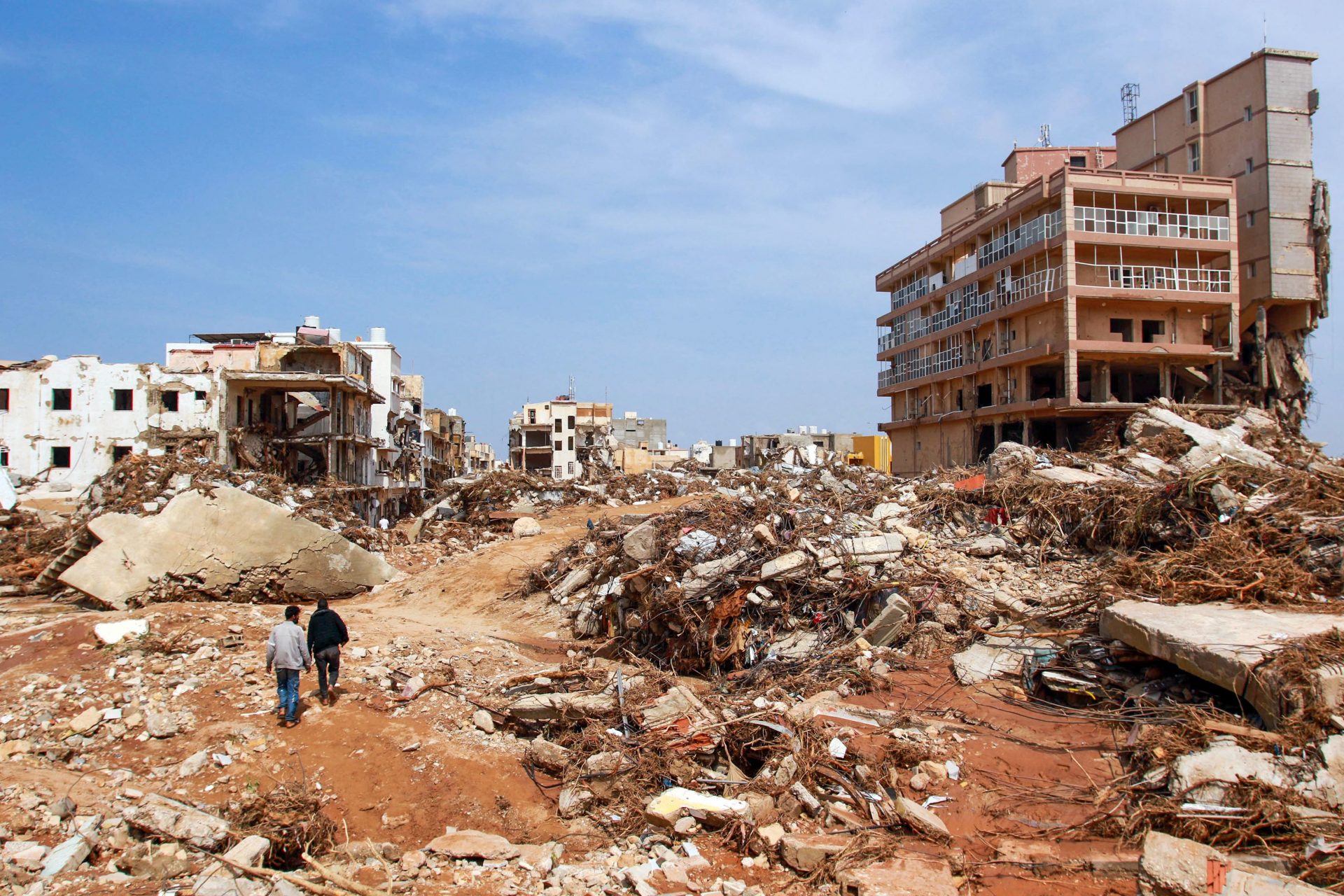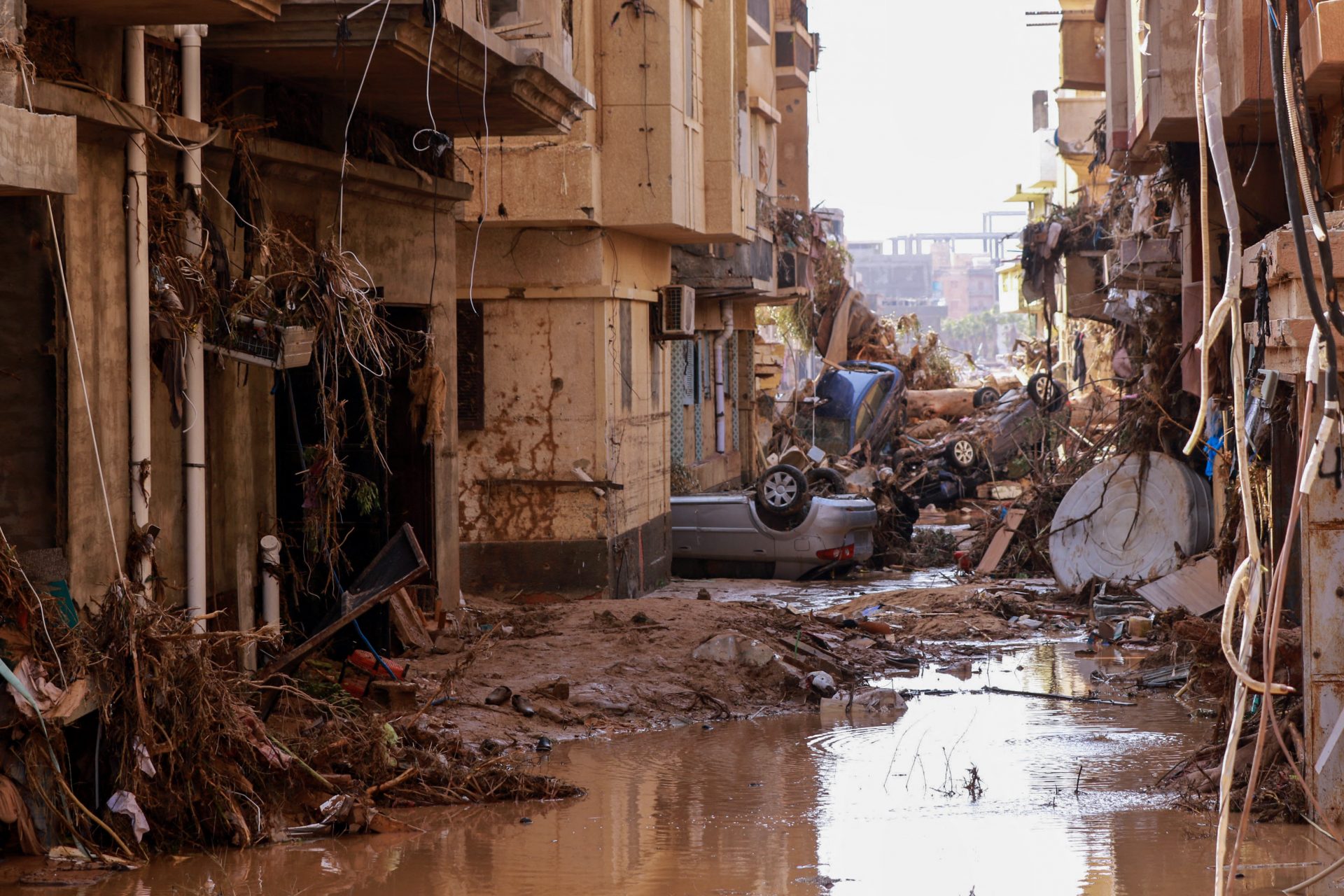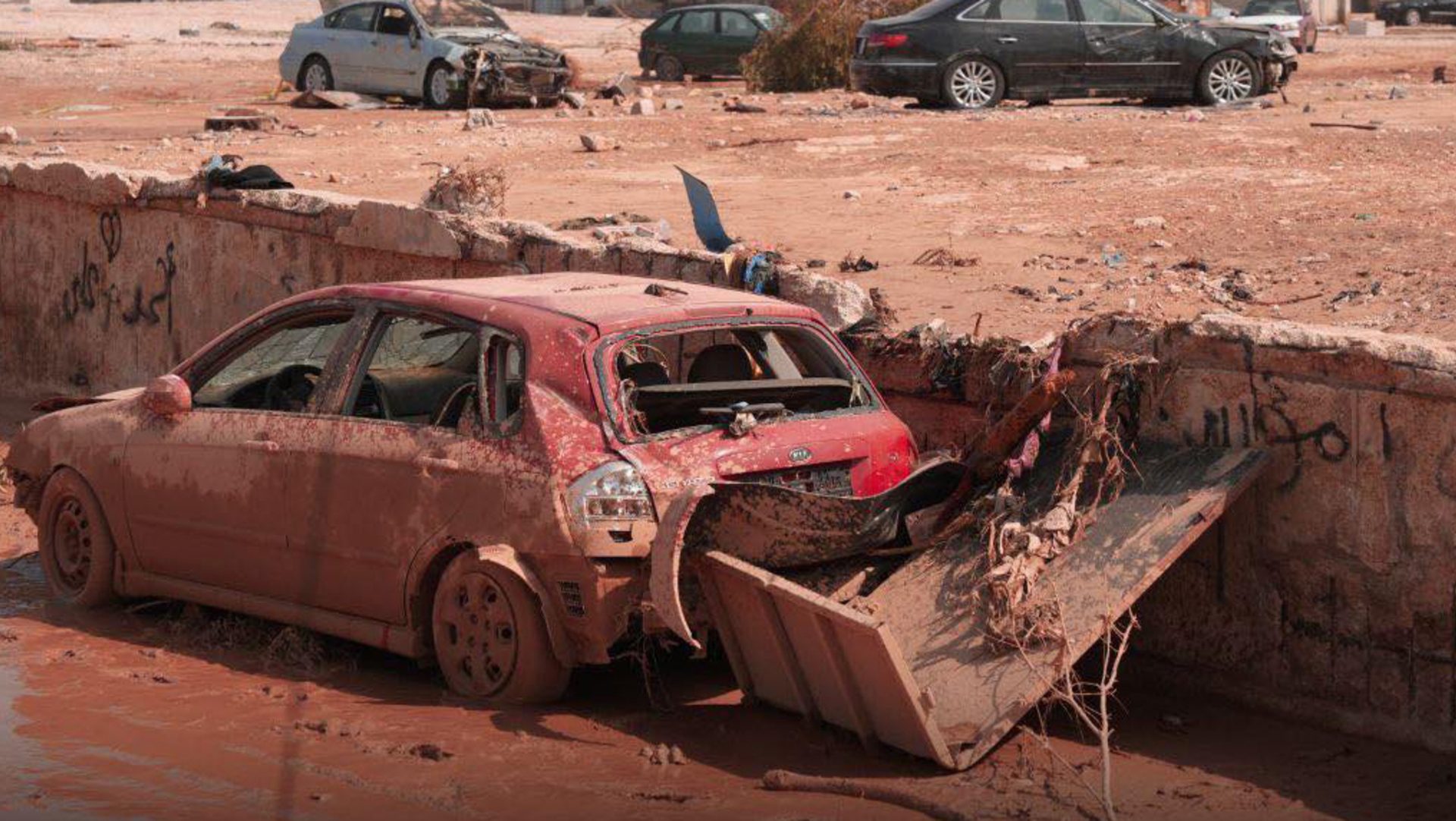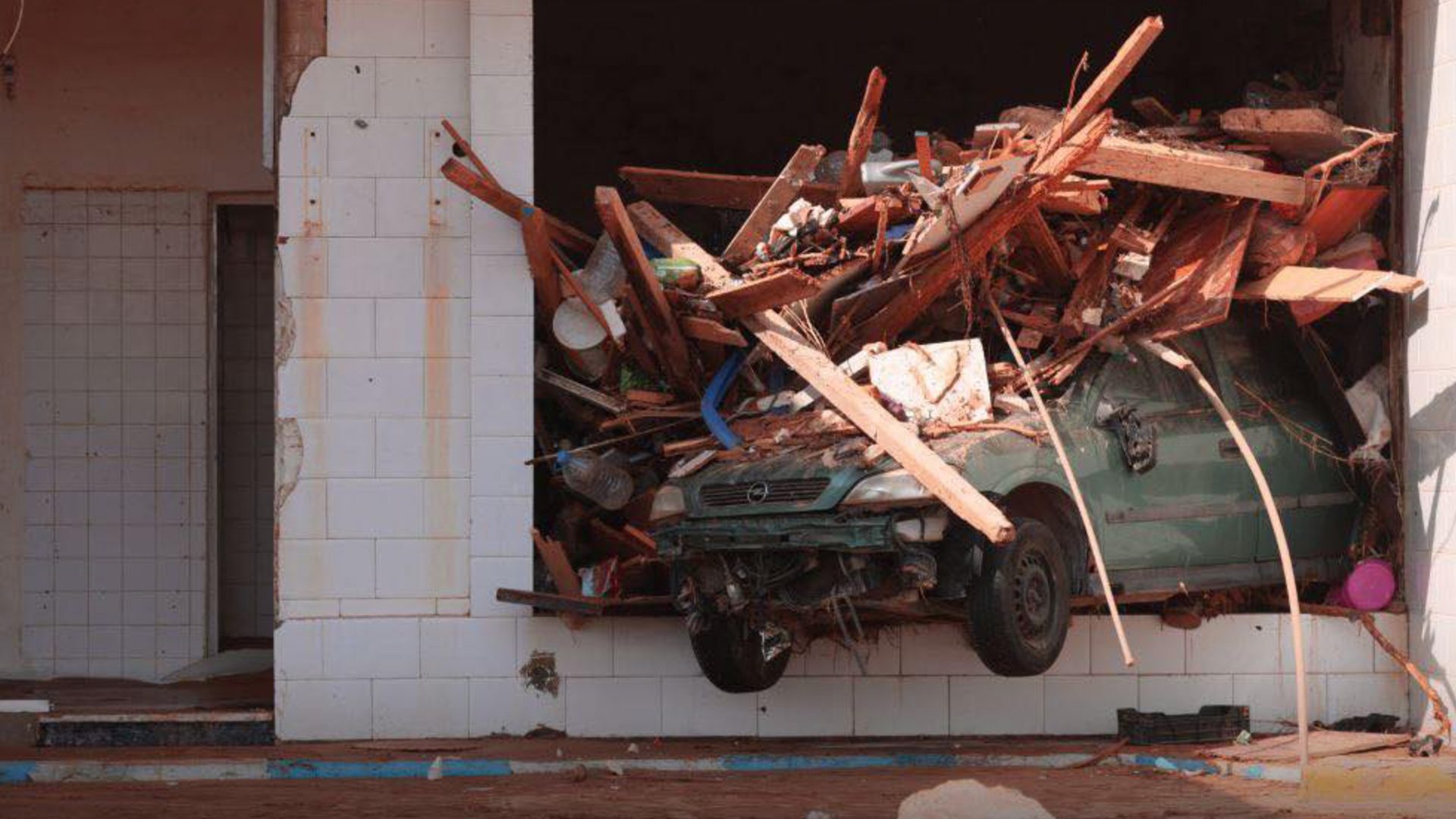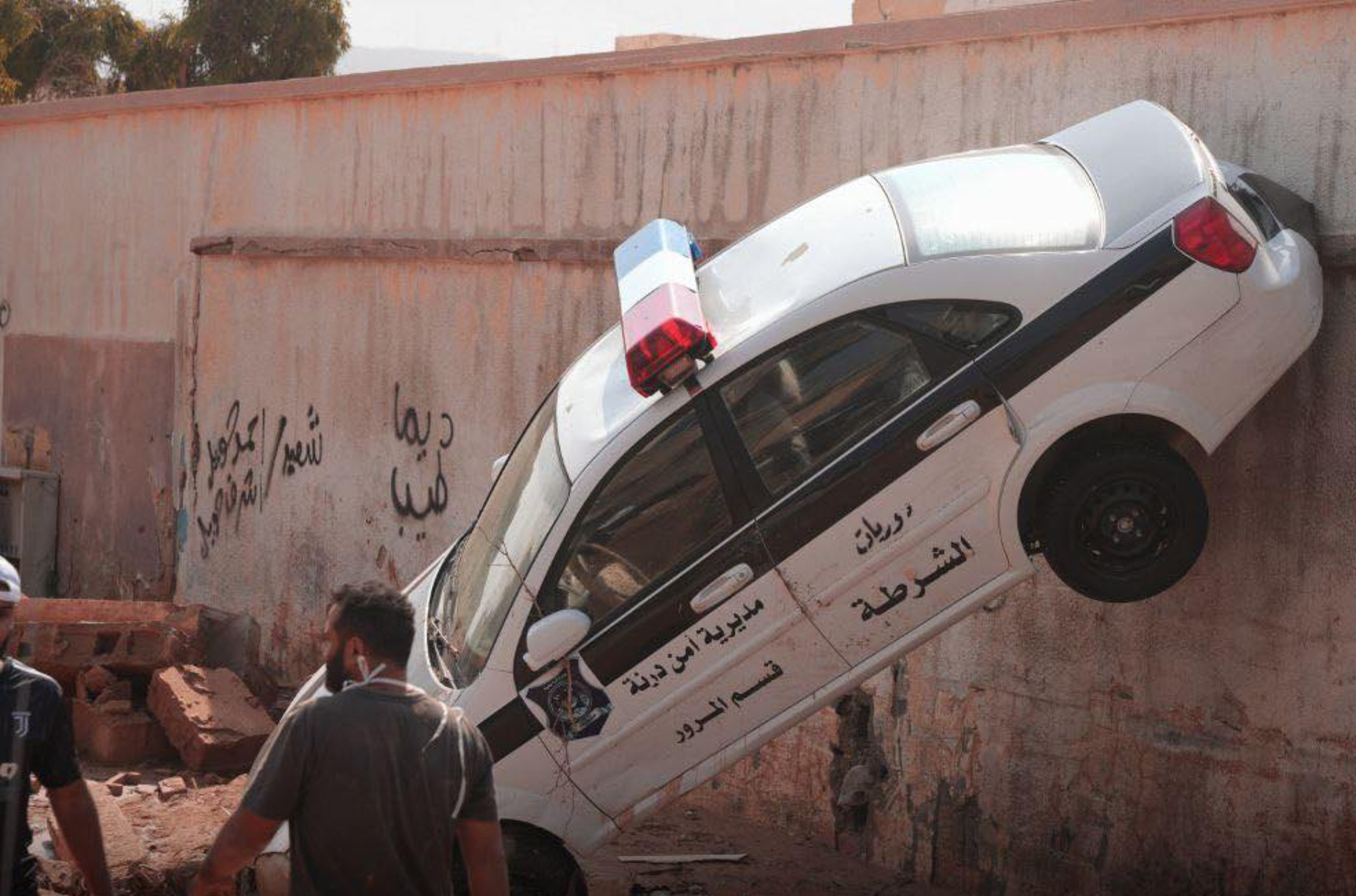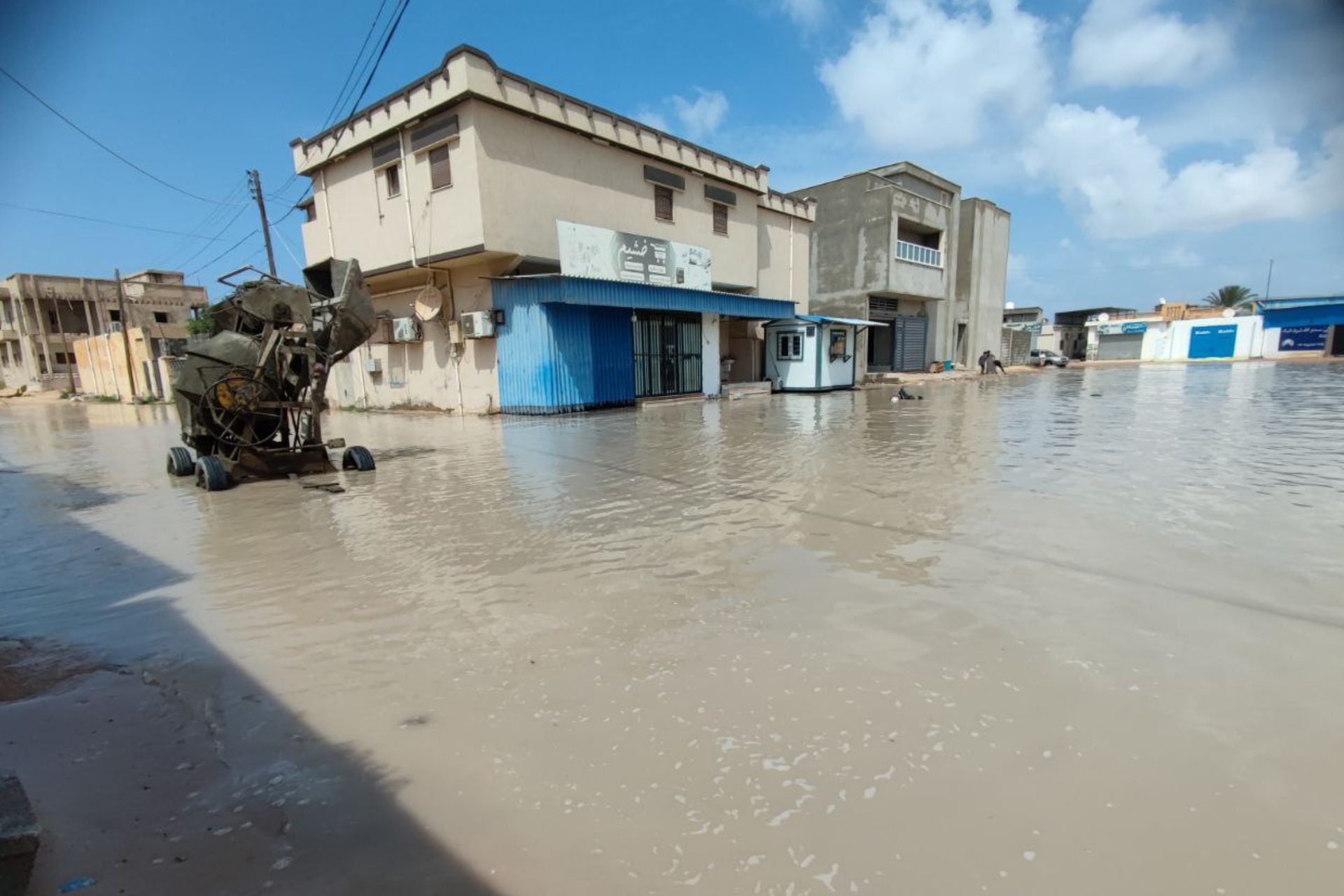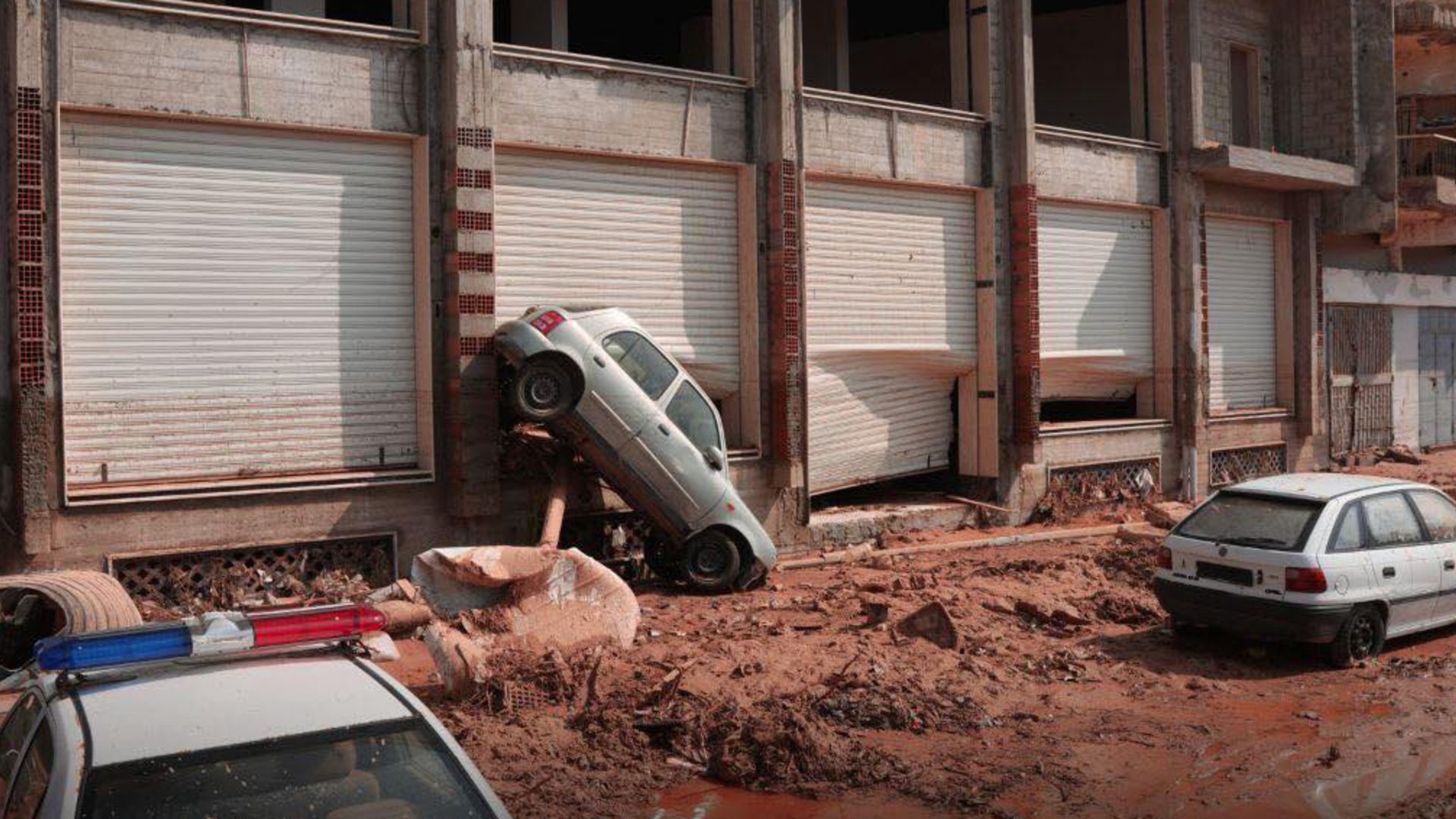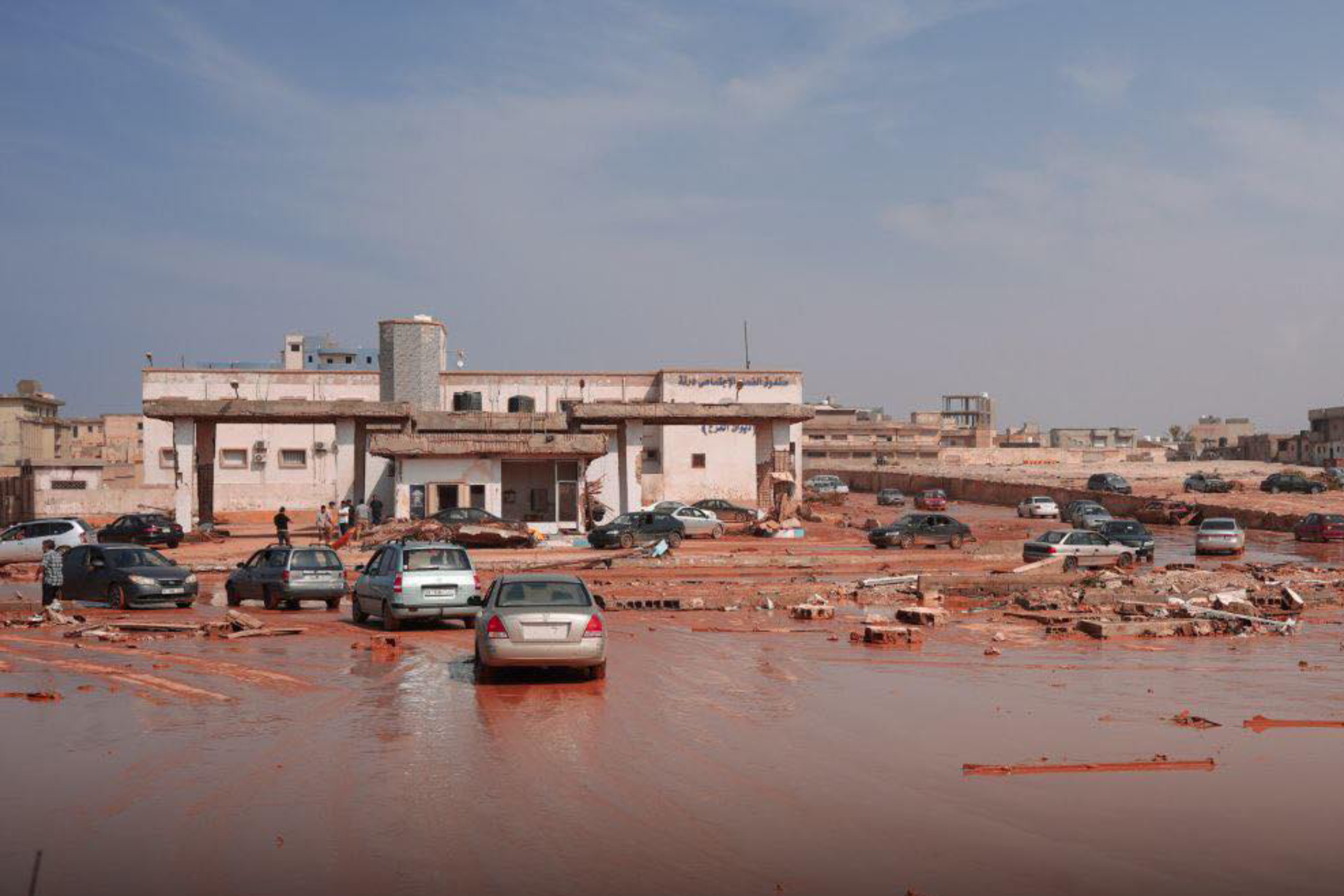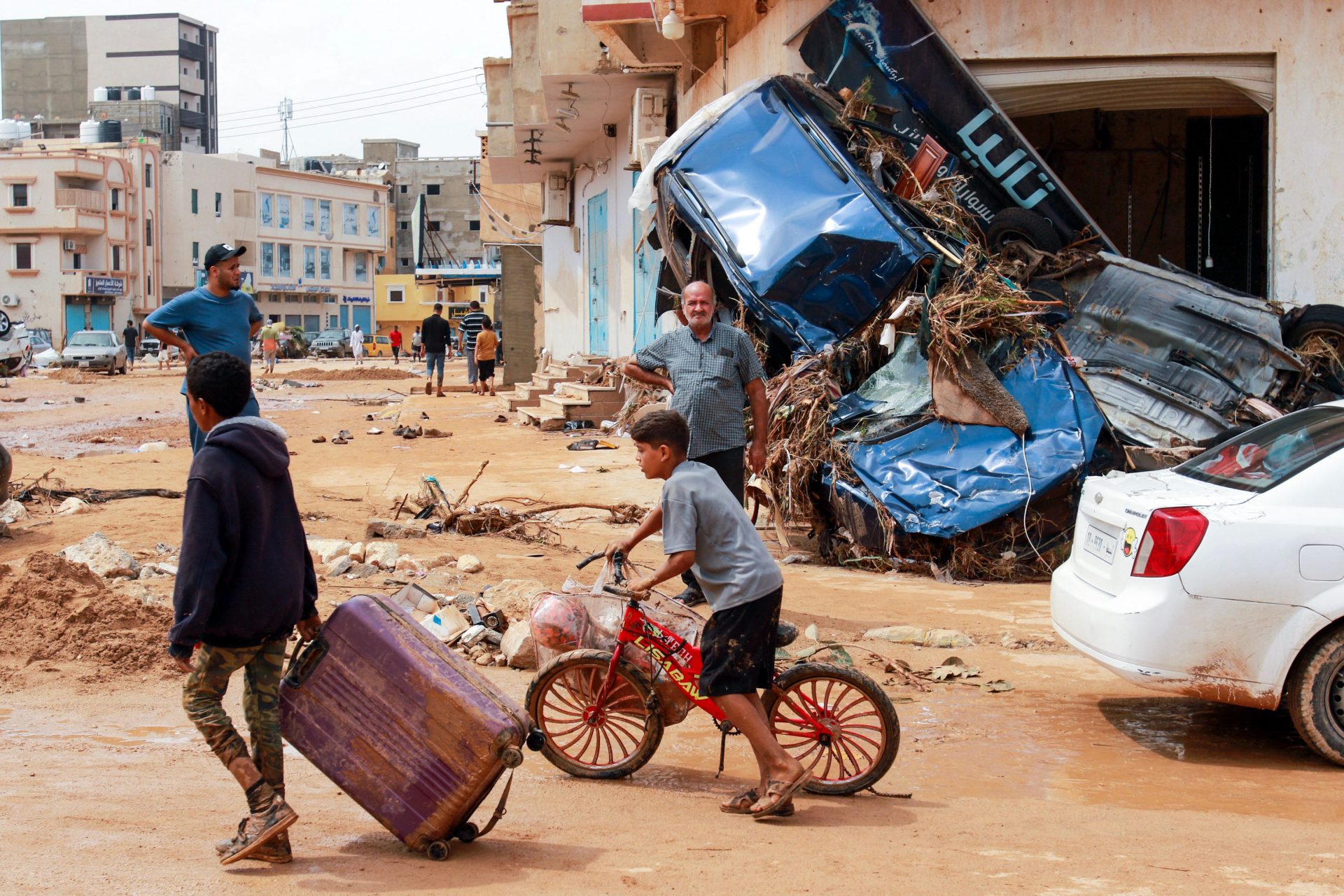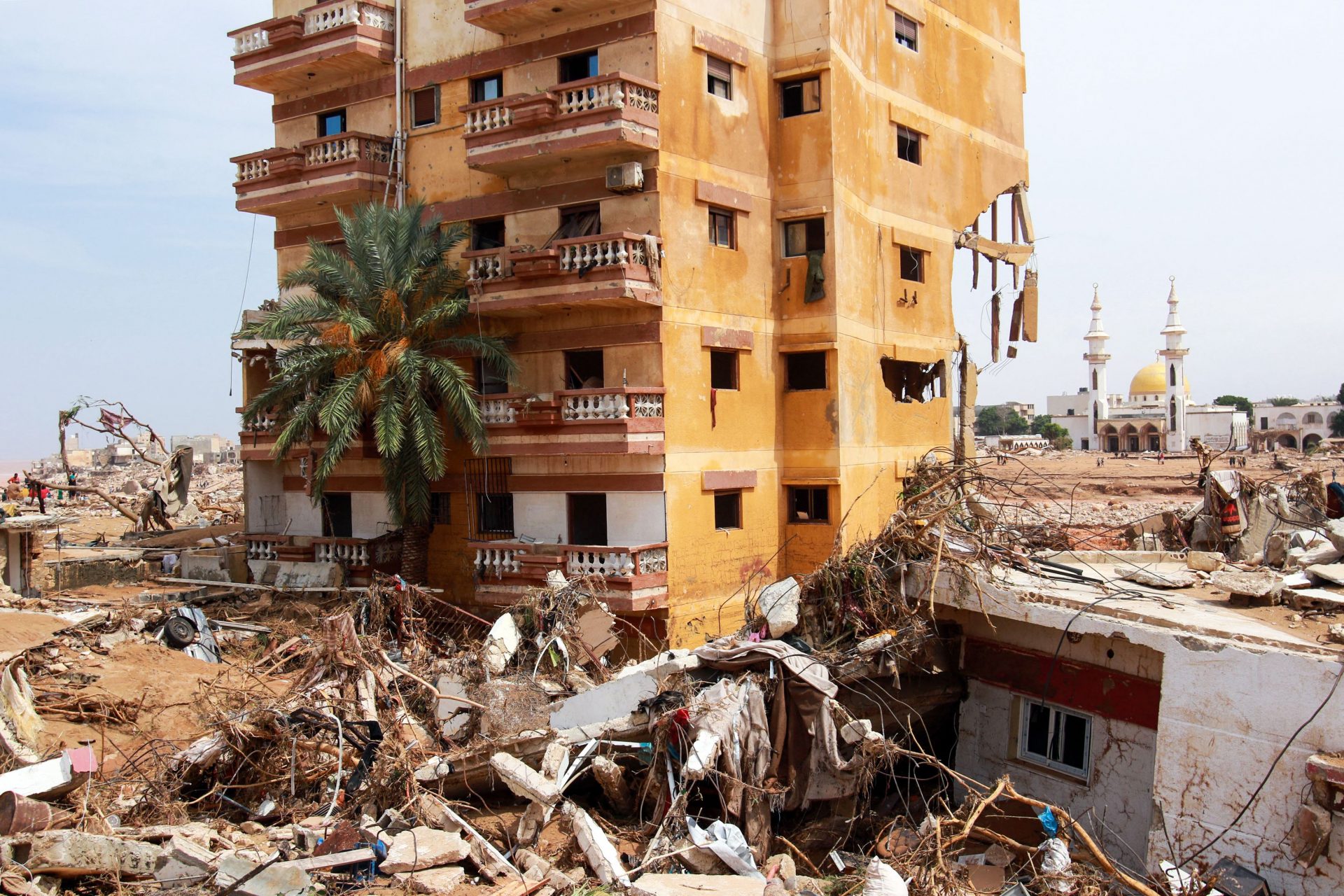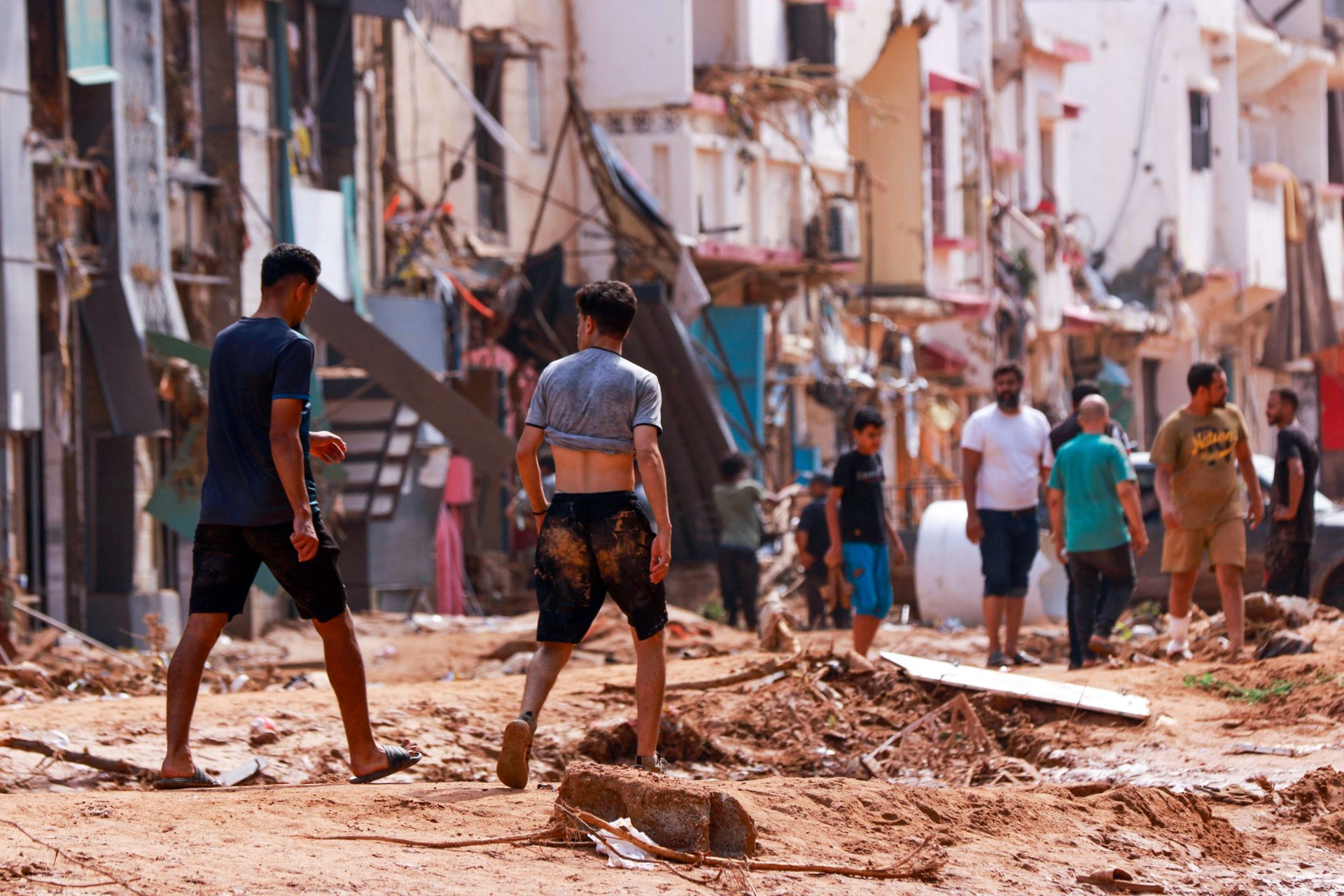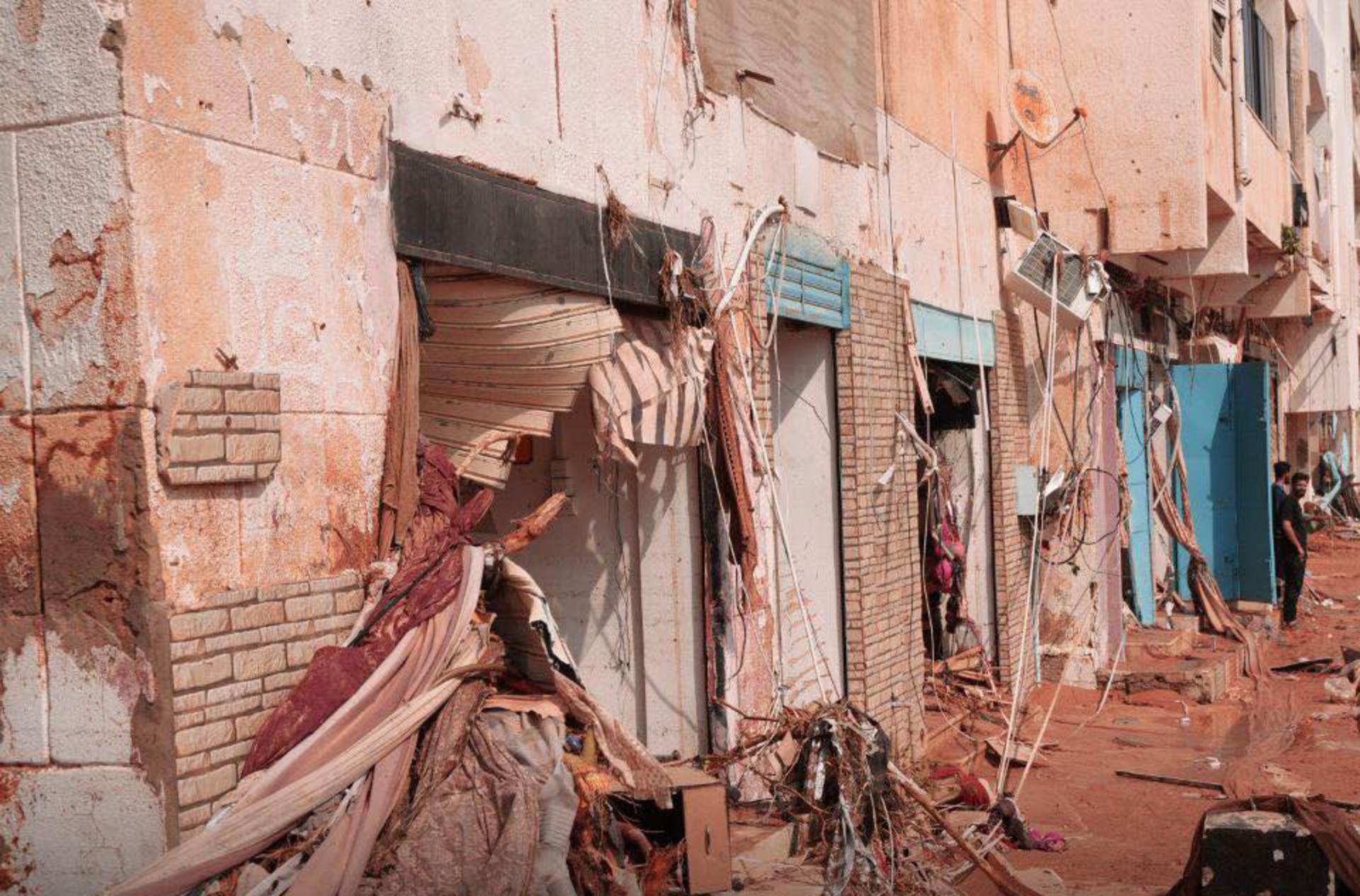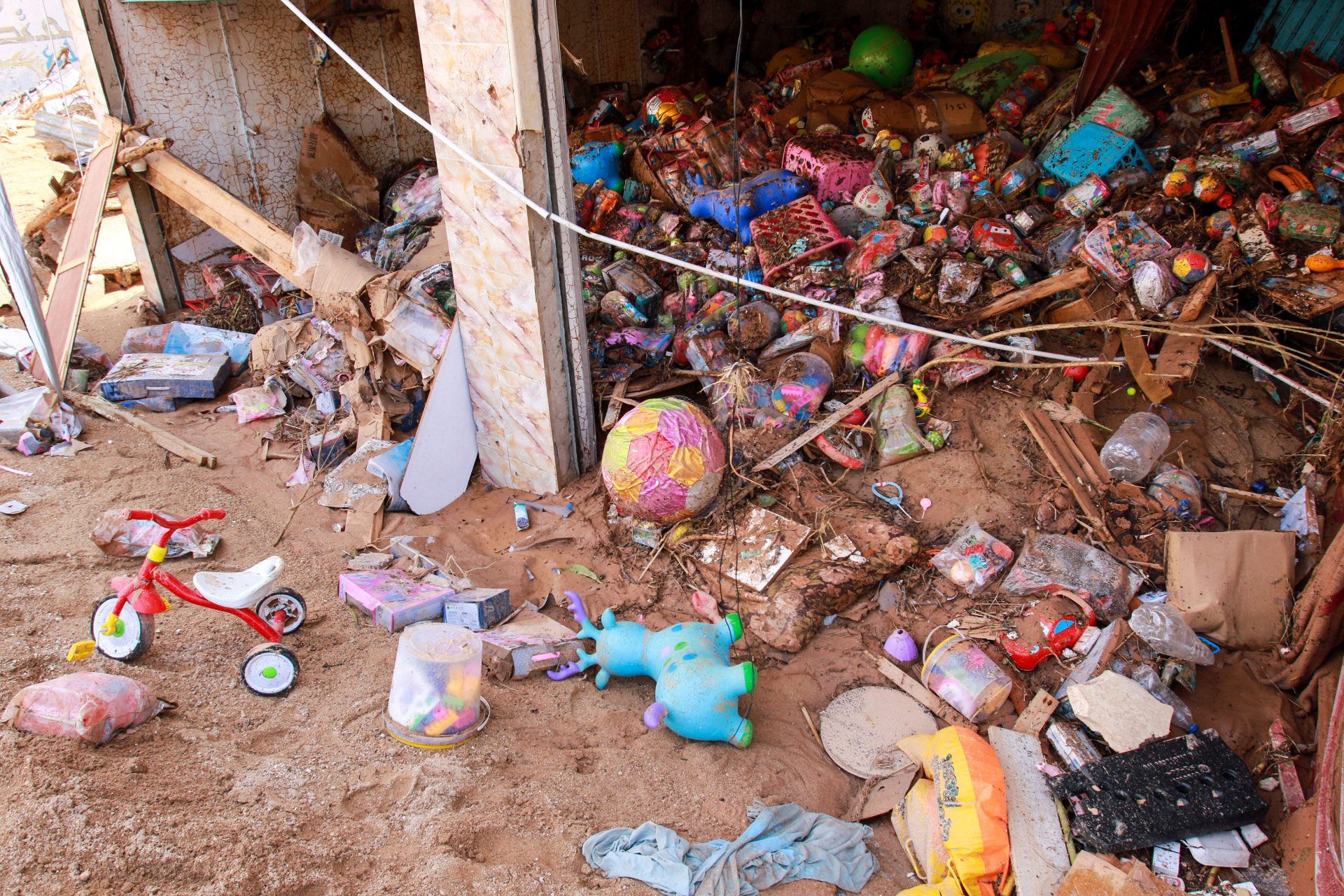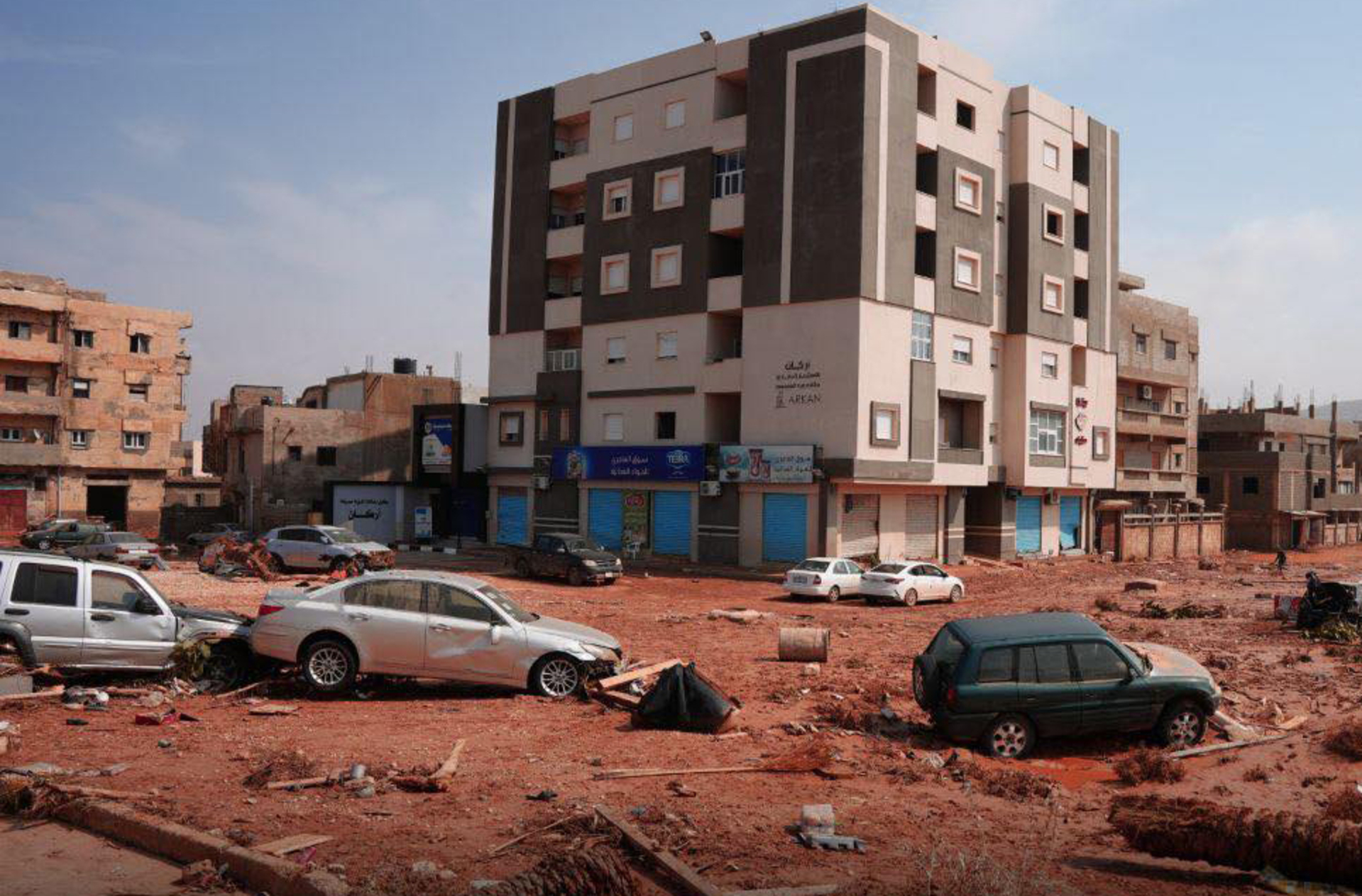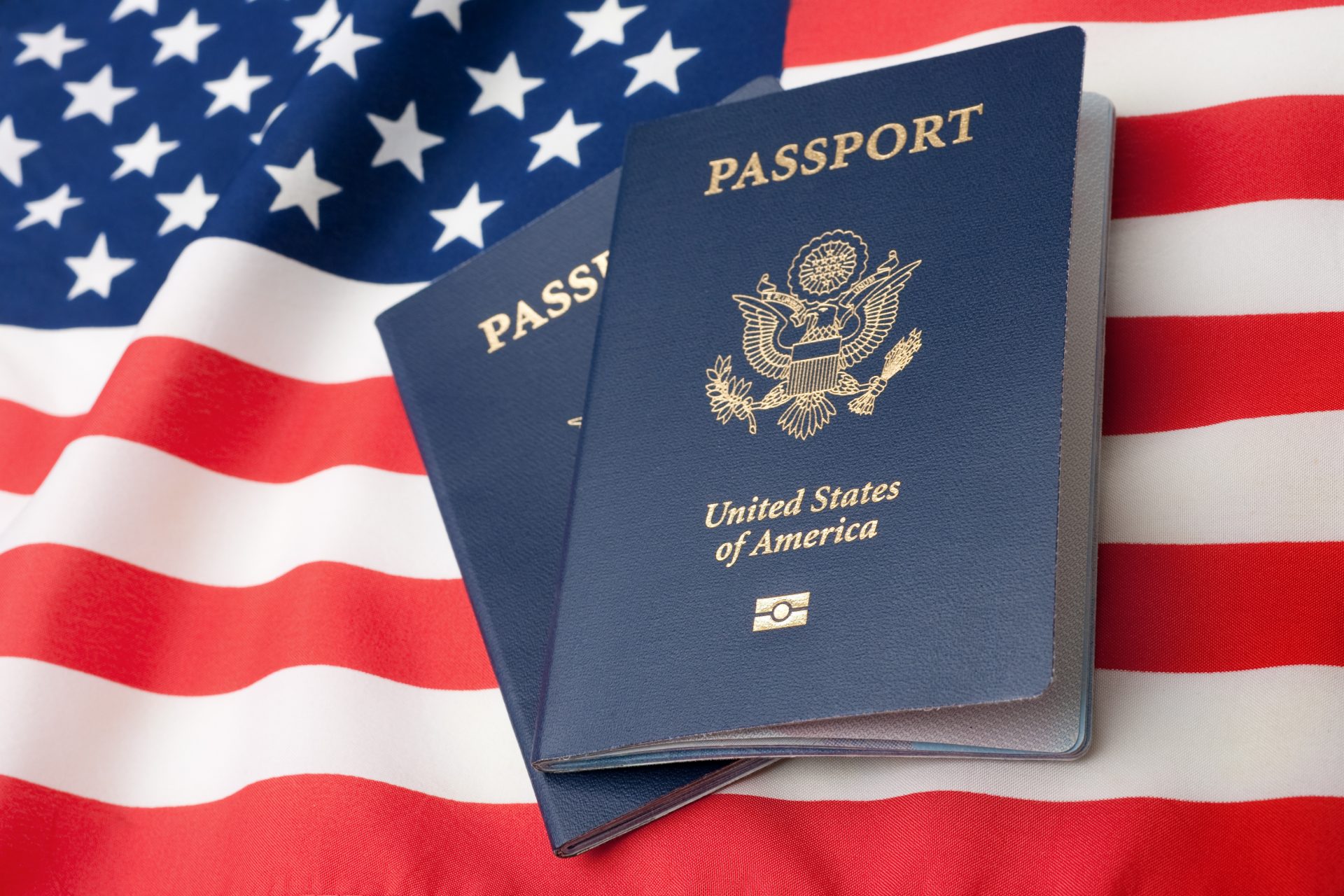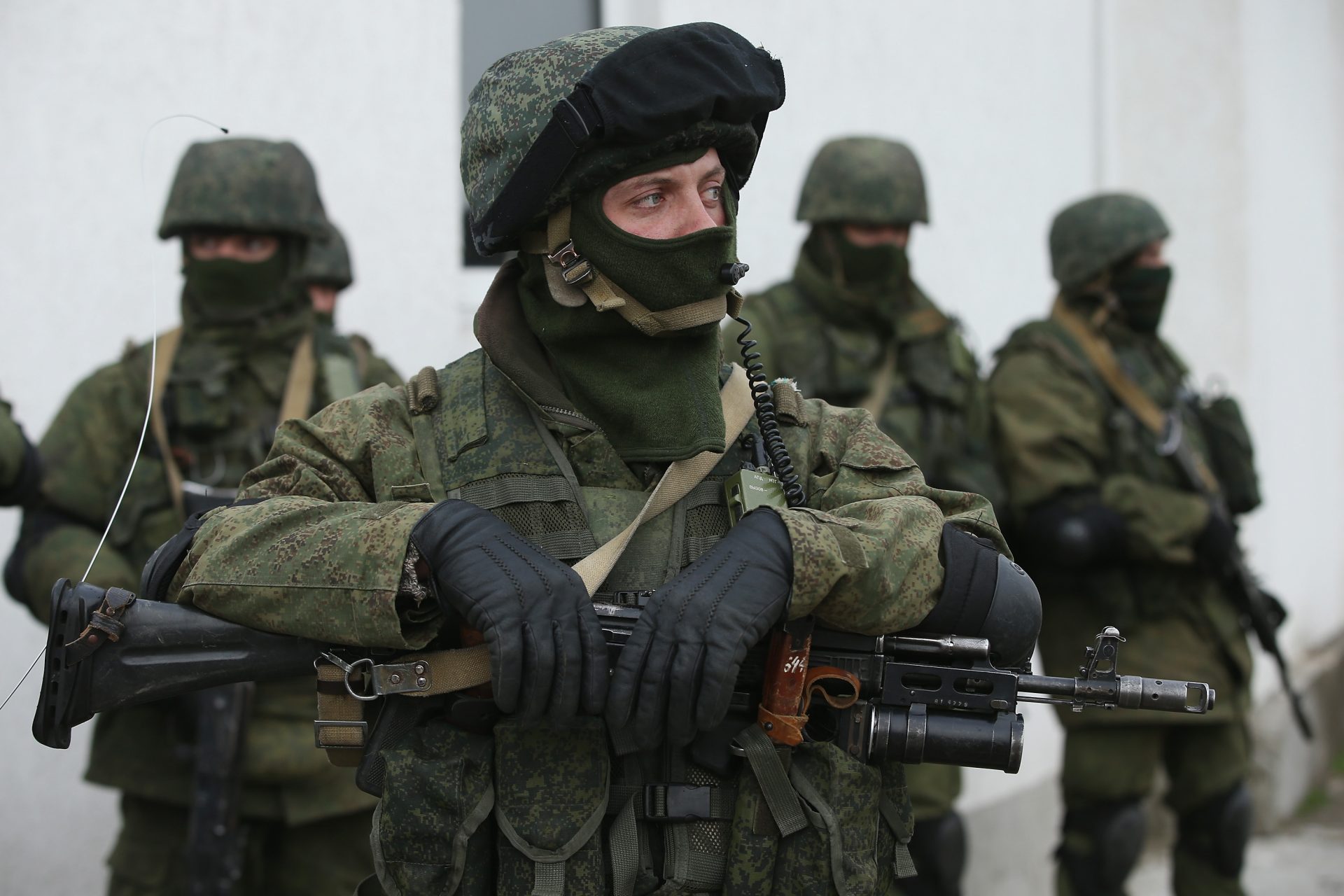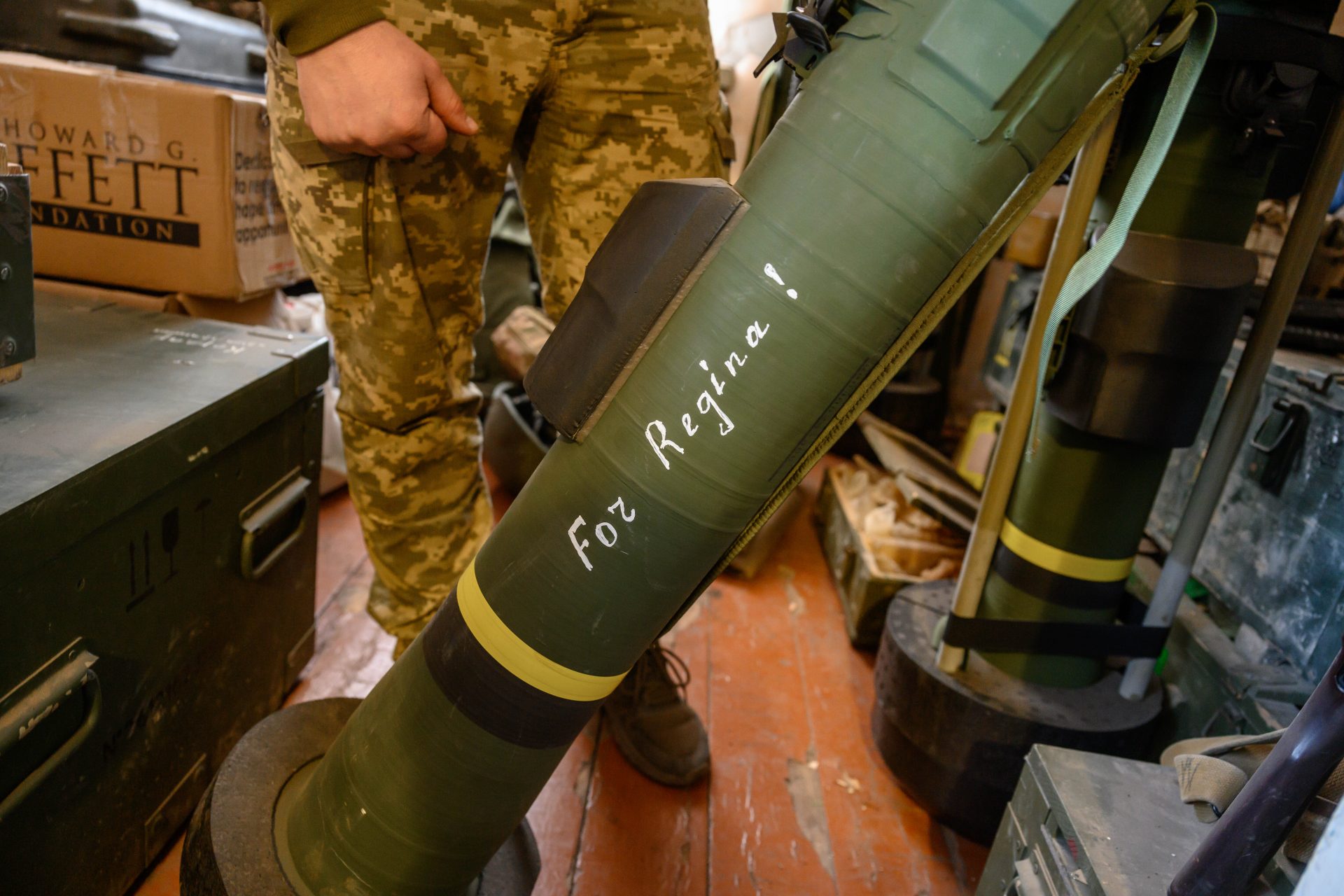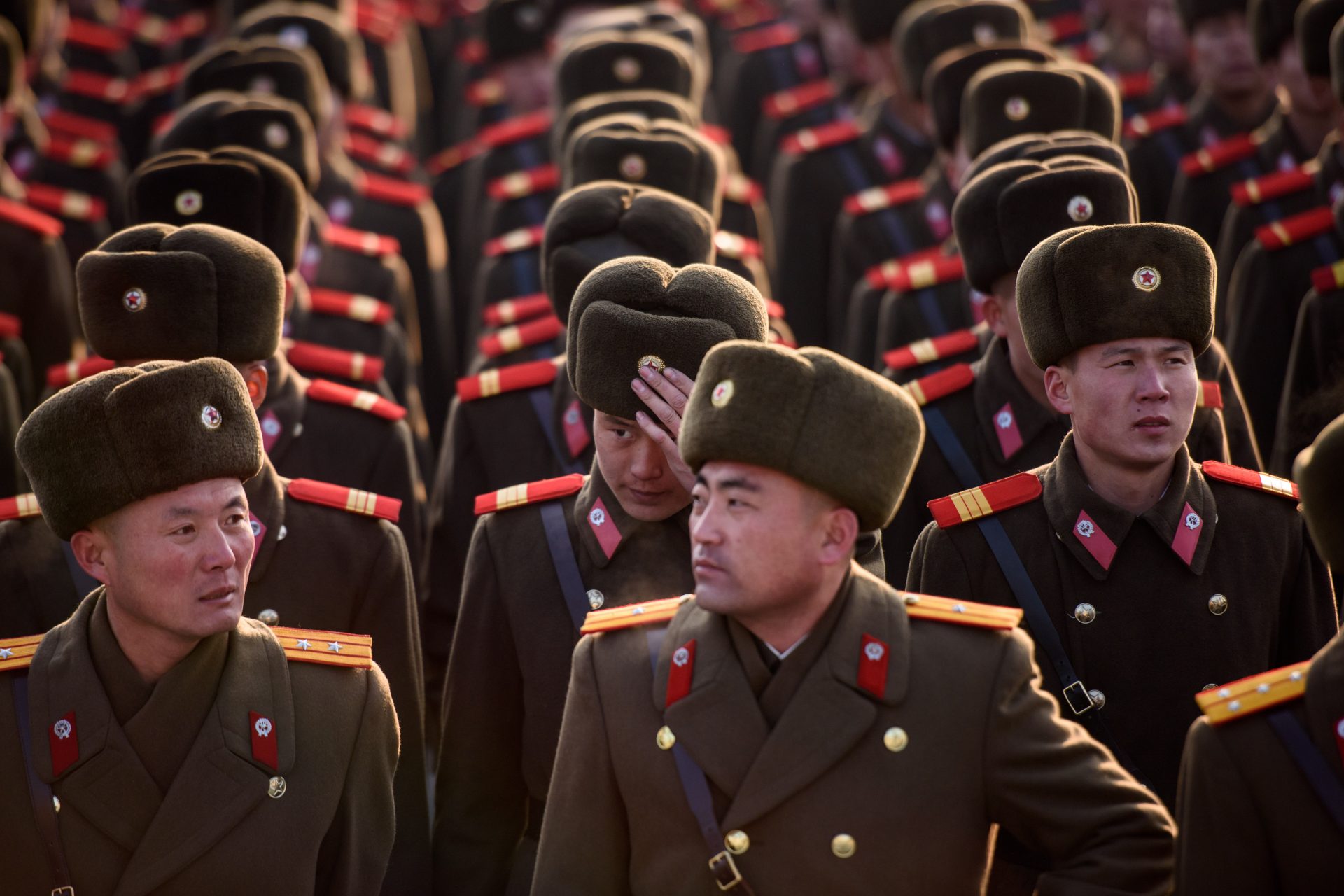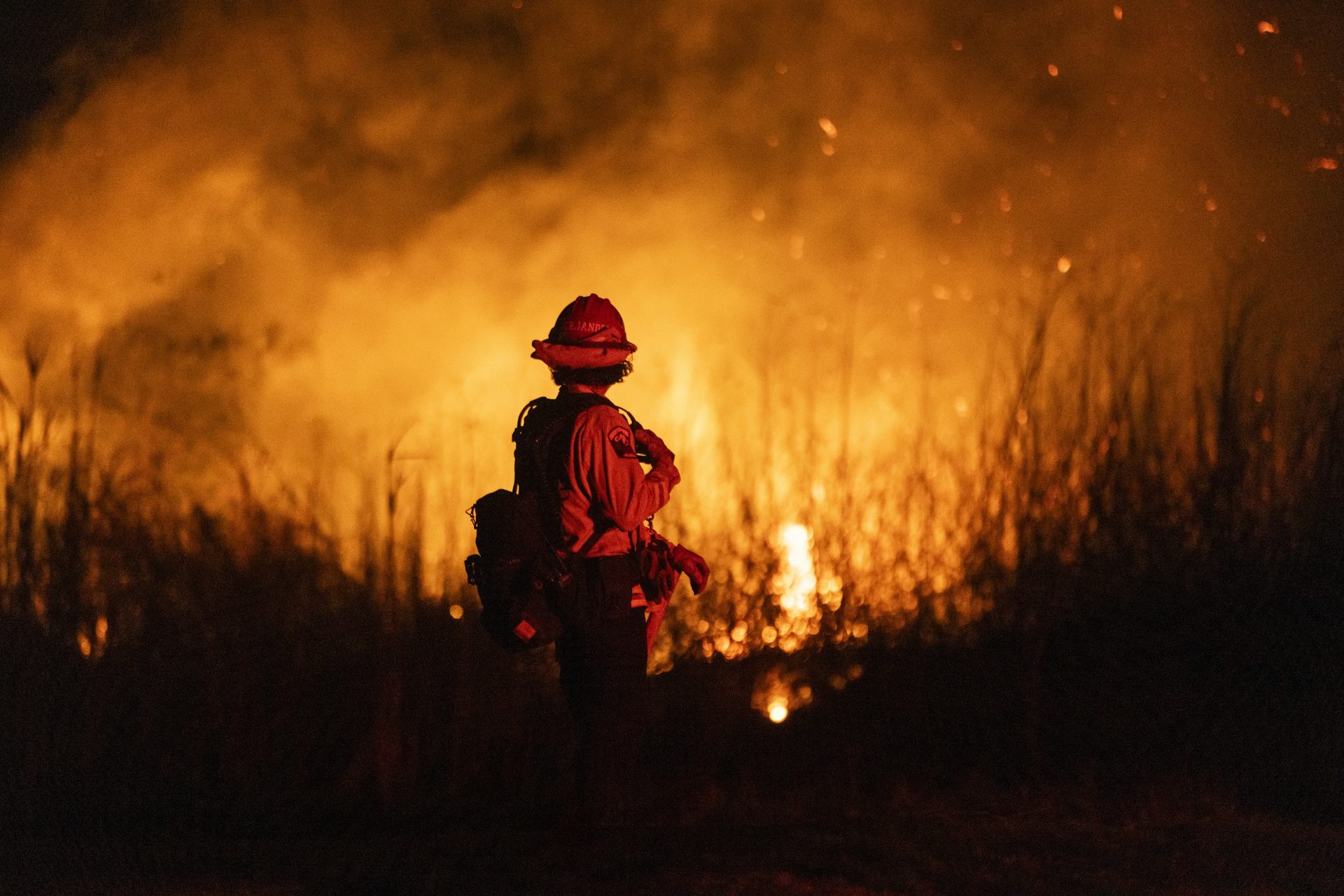Libya: 10,000 could be dead as floods wipe out entire neighborhoods
The torrential rains and floods that devastated various parts of the planet (with a special impact on the Mediterranean) caused an unprecedented catastrophe in Libya.
Thousands of people have been swallowed by the waters after a horrendous rain storm that residents say felt like tsunami ravished the country. The Guardian reported that a local official reported that the death toll on September 12 was already at 5,300.
The coastal city of Derna (in the image) suffered the most when, according to NGOs on the ground, two dams near this town could not resist the pressure of the waters and gave way, resulting in massive floods overtaking the city.
According to The New York Times, Tamer Ramadan, head of the Red Crescent delegation in Libya, said that there were at least 10,000 people missing after the floods with a high probability that they had perished.
The number of victims is terrifying, some NGOs counted more than 2,000 deaths in the first hours alone.
The reports from those working on the ground is shocking: they speak of entire neighborhoods that were dragged into the sea by the force of the waters.
The BBC reported the statements of a Libyan government representative, Hisham Chkiouat, who said that what happened "is like a tsunami."
The newspaper reports speak of a devastated area where there is no drinking water, electricity or access.
This chaos only adds to Libya's own chaotic situation. Since Gaddafi was overthrown (and executed) in 2011, the country has been in a permanent confrontation between factions. There is an official government in the capital, Tripoli, and another in the east.
Tragedies like this show that climate change puts areas at serious risk that, until recently, were not so exposed.
Storm Daniel, which caused the rains and devastation, is being called a "cyclone" in the European press since its characteristics are extreme: extremely heavy rains and winds of up to 180 kilometers per hour (111 mph).
Poor countries like Libya, with minimal infrastructure, are inadequately prepared for natural disasters, which are becoming more and more frequent.
The offers of international help have been plentiful. According to the BBC, countries such as Egypt, Germany, Iran, Italy, Qatar and Turkey were the first to announce that they will send everything needed to rescue and support survivors.
The torrential rains that Libya suffered have the same origin as those that have hit countries such as Spain, Greece, Bulgaria or Turkey in recent days.
In any case, Libya is a more defenseless place than others in the same area when it comes to facing such devastation.
Libyan journalist Abdulkader Assad explained to the BBC: "There are no rescue teams, there are no trained rescuers in Libya. Everything in the last 12 years was for war."
More for you
Top Stories



